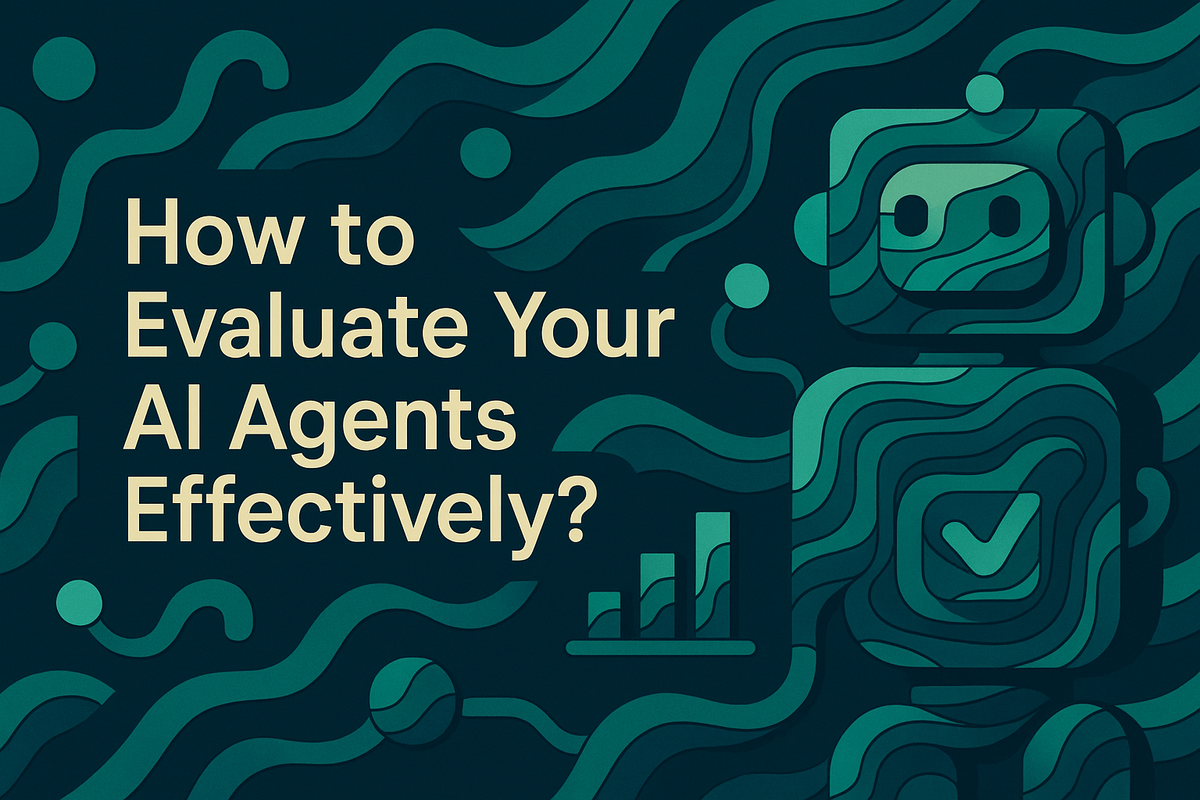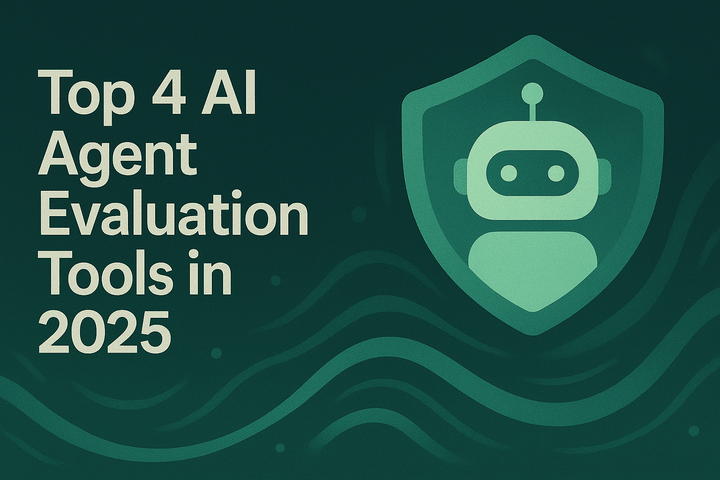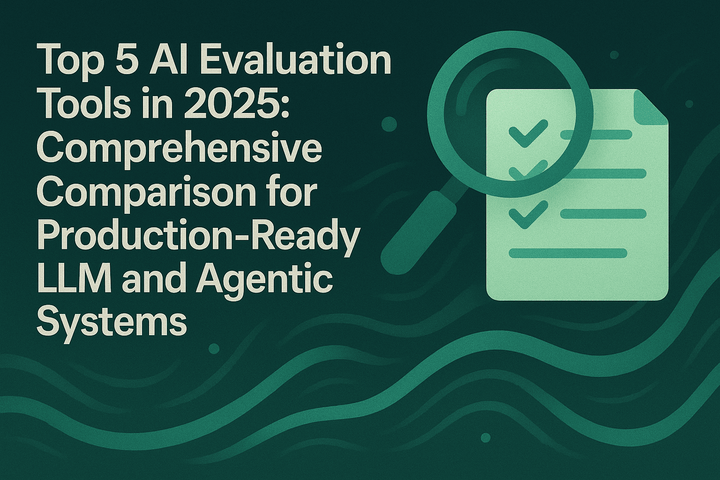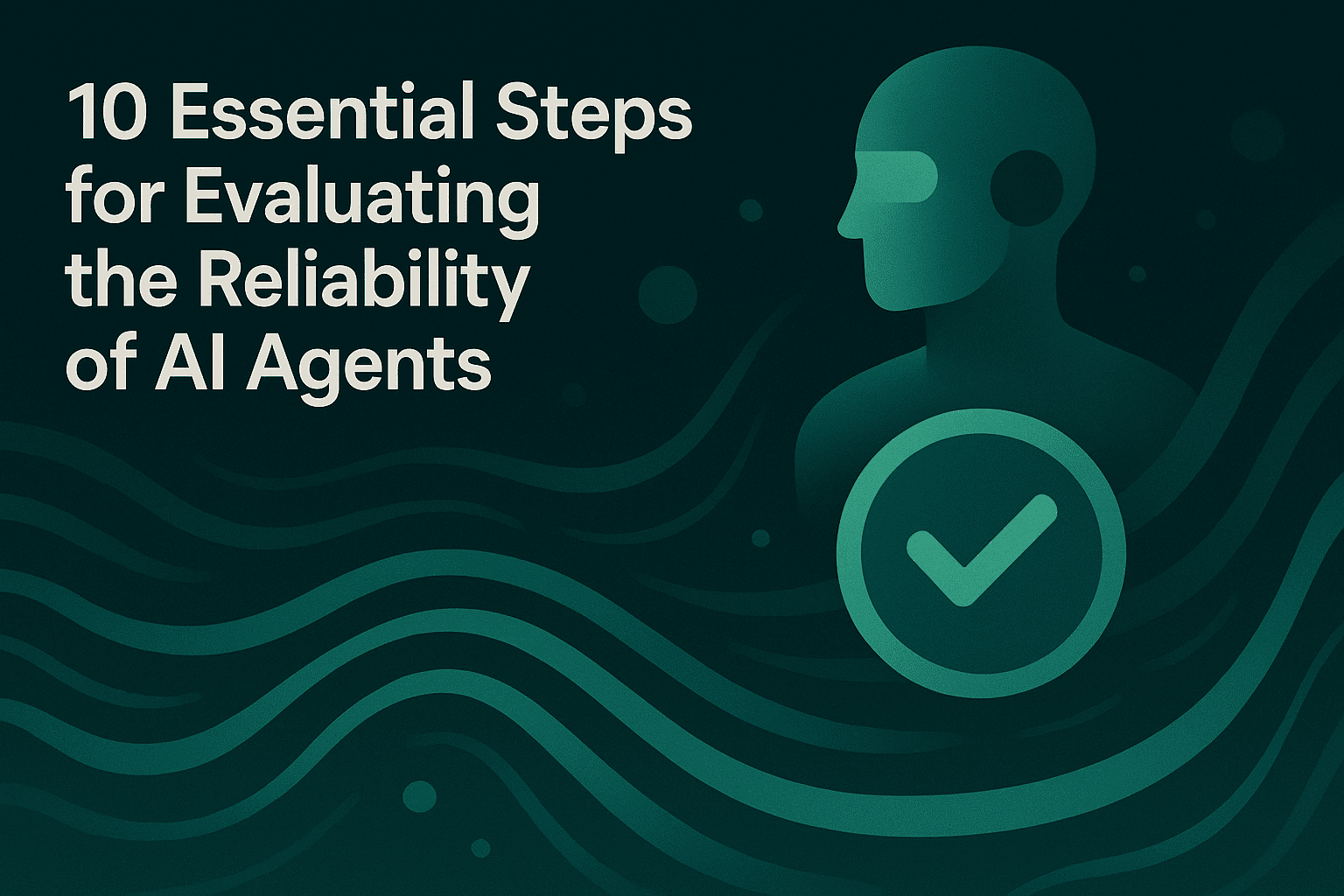How to Evaluate Your AI Agents Effectively?

Evaluating AI agents is essential for reliability. Real-world interactions expose non-determinism, model updates, and hallucinations, which degrade trust without rigorous checks. A structured evaluation approach (pre-release and in production) helps quantify quality, prevent regressions, and align systems to human preference. Maxim AI provides unified capabilities across offline testing, online evaluations, node-level analysis, human review, alerting, and optimization that map to practical engineering workflows. See the docs for an overview of Online Evaluation and Offline Evaluation.
Steps to Evaluate Your AI Agents with Maxim
1) Align evaluation criteria with business goals
Start from outcomes. Define KPIs that reflect user and product value: task completion rate, factual accuracy thresholds, safety rules (bias, toxicity, PII), latency budgets, token usage targets, and cost caps. Establish pass/fail criteria before testing to avoid misaligned optimization.
- Build scenario-driven datasets from pre-release experiments, then evolve them with production logs via Dataset Curation on logs.
- For RAG systems, include context-sensitive checks like recall, precision, and relevance with Prompt Retrieval Testing.
2) Select the correct evaluators
Use multiple evaluator types to capture different dimensions of quality.
With Maxim, use programmatic, statistical plus custom evaluators across session, trace, and node levels. Attach evaluators programmatically and pass required variables (input, context, output) for granular scoring via Node-Level Evaluation. Combine the following classes:
- Statistical and programmatic evaluators for deterministic scoring (e.g., tool call accuracy in Prompt Tool Calls).
- LLM-as-a-judge evaluators for qualitative dimensions such as clarity, toxicity, and faithfulness (examples wired throughout docs: SDK Prompt Quickstart, Local Prompt Testing).
- Context evaluators for RAG (recall, precision, relevance) via Prompt Retrieval Testing.
Configure auto-evaluation with filters and sampling in production repositories using Set Up Auto Evaluation on Logs. Visualize outcomes in the Evaluation tab: pass/fail, scores, costs, tokens, latency, variables, and logs, see “Making sense of evaluations” in the same guide.
3) Use human-in-the-loop feedback
Certain judgments require human expertise. Enable human evaluators in pre-release and production:
- For test runs, configure methods and sampling in Human Annotation; raters can annotate in-report or via external links without seats.
- On production logs, set up queues and selection logic in Set Up Human Annotation on Logs to triage entries that need manual review.
Maintain explicit instructions, pass criteria, and rating types to ensure consistency and auditability. This ensures alignment to user preference and domain standards.
4) Monitor post-deployment
Observability and continuous evaluation protect quality in production:
- Configure performance and quality alerts, latency, token usage, cost, and evaluator violations, using Set Up Alerts and Notifications. Integrate with Slack and PagerDuty for real-time response.
- Instrument agents with distributed tracing and evaluate at session/trace/node to isolate failures; refer to the overall Online Evaluation Overview.
- Run scheduled test runs to prevent drift and catch regressions with Scheduled Runs. Keep reports actionable using Customized Reports with pinned columns, filters, and shareable links.
- For active hardening against prompt attacks and safety risks, use internal security reviews and guidance such as this analysis from Maxim AI on prompt injection and jailbreaking.
- As you iterate, improve prompts with data-driven Prompt Optimization, prioritize evaluators, run iterations, compare versions, and accept improvements via Prompt Optimization.
Conclusion
Effective agent evaluation blends offline experiments, node-level granularity, human review, and production monitoring. With Maxim’s unified suite, datasets, evaluators, auto-evals, human-in-the-loop, alerts, scheduled runs, and optimization, you can quantify quality, catch regressions early, and ship reliable agentic systems faster. Explore the platform’s capabilities in the Maxim AI blog and full docs.
Evaluate, monitor, and optimize your agents end-to-end with Maxim. Request a demo at https://getmaxim.ai/demo or sign up at Sign up.
FAQs
What evaluators should I start with for general-purpose agents?
Begin with clarity, toxicity, and faithfulness for baseline quality, then add task-specific evaluators (tool call accuracy, retrieval precision/recall/relevance). See Prompt Tool Calls and Prompt Retrieval Testing.
Can I evaluate specific steps inside an agent workflow?
Yes. Attach evaluators and variables at the node level (generation, retrieval, tool call) to isolate issues using Node-Level Evaluation.
How do I prevent regressions after deployment?
Set auto-evals with sampling and filters in Set Up Auto Evaluation on Logs, configure alerts in Set Up Alerts and Notifications, and schedule periodic runs in Scheduled Runs. Use Prompt Optimization to improve versions based on evaluator feedback.


